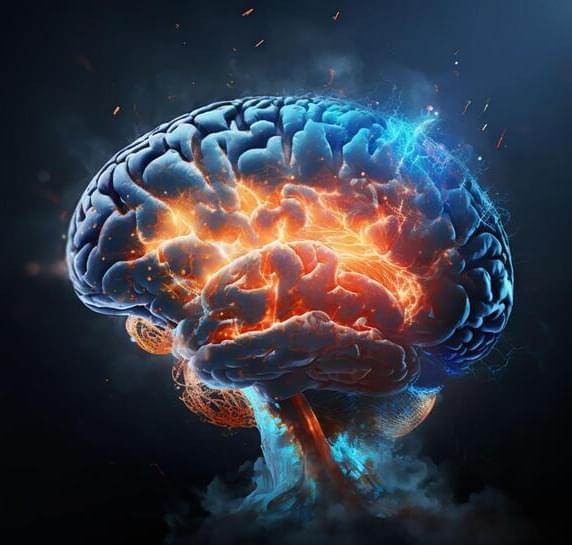Polireddi developed a chatbot to help detect autism spectrum disorder and evaluates the accessibility of private and government websites.


The scale of the OpenAI CEO’s chip ambitions requires a vast amount of resources.
Doug Philippone, a venture capitalist, has explained to a media house the importance of lizard-like robots for the future of US Armed Forces like the United States Navy.
Wall climbing robots are used for non-destructive testing inspections of tanks, boilers, pressure vessels, piping, and more, explains Gecko Robotics. These robots utilize specially designed sensor payloads to inspect wall thickness, pitting, and numerous forms of degradation.
“Our robots collect 1,000x more information with continuous data capture at speeds an average of 10x faster than previous methods,” Gecko’s website boasts. “Using specially-designed sensor payloads, the robots can inspect wall thickness, pitting, and many other forms of degradation,” they added.
Our text-to-video model. Sora can create videos of up to 60 seconds featuring highly detailed scenes, complex camera motion, and multiple ch…



Stephanie Song, formerly on the corporate development and ventures team at Coinbase, was often frustrated by the volume of due diligence tasks she and her team had to complete on a daily basis.
Dili is a new, Y Combinator-backed startup that aims to automate different aspects of the due diligence process using AI.

Although I like to write about future predictions for the world of technology and business, I’m usually focused on what’s coming up in the next five years.
But it’s also worth taking a longer view. I believe that in 10 years’ time, the AI that’s a part of everyday life will be as far evolved from today’s AI as today’s internet is from the internet of the early days.
In his excellent book The Coming Wave, Mustafa Suleyman notes that every wave of technology-driven change – from the combustion engine to the internet – has revolutionized society in a shorter time span than the previous wave. So, I don’t think we’ll have to wait 30 or even 20 years until AI is utterly engrained in all aspects of life.
Instead, let’s look ahead just 10 years to 2034. Halfway through the next decade, a lot will have changed, but what will AI look like? Here’s what I think!

EpiSci has won a $1.6 million contract with the US Space Development Agency to flesh out its AI-powered, hypersonic missile tracking system.
The SDA and EpiSci have partnered to create AI software that detects hypersonic missiles using satellite technology, AI, and advanced analytics.